The intricate web of blockchain technology continues to expand with each passing day, weaving a complex tapestry that underpins the digital economy of the future. At the heart of this fabric is the concept of ‘public blockchain,’ a foundational block in building decentralized systems. But what exactly is a public blockchain, and why are they so pivotal to the blockchain narrative? In this comprehensive exploration, we’ll dissect the essence of public blockchains and illuminate their role across different domains, from cryptocurrency to verifiable credentials.
Blockchain Technology 101
Before we plunge into the depths of public blockchains, it’s essential to grasp the underlying technology. At its core, ‘blockchain’ refers to a distributed, decentralized ledger that records transactions across many computers in such a way that the registered transactions cannot be altered retroactively. It’s a foolproof system that maintains a publicly available database of records in chronological order.
Characteristics of a Public Blockchain
What sets public blockchains apart from other types, such as private and consortium chains, is their open and unpermissioned nature. This means that anyone can participate in the consensus process, validate transactions, and maintain the ledger. Public blockchains offer transparency down to their very bones, making them the quintessential platform for trustless environments. They are also highly resilient, as they rely on a network of nodes to reach consensus rather than a single point of authority. Decentralization, transparency, and immutability are foundational to understanding the revolutionary potential of blockchain technology.
Decentralization ensures that control and decision-making are distributed across the network rather than centralized in a single entity. This approach enhances security and resilience, as there is no single point of failure. It democratizes the process, allowing for a more equitable distribution of power and resources.
Transparency is inherent in blockchain’s structure, as every transaction is recorded on a public ledger accessible to everyone. This level of openness fosters trust among participants, as actions within the network are visible and verifiable by all, ensuring accountability and integrity in transactions.
Immutability in blockchain refers to the unalterable nature of the ledger. Once a transaction is recorded, it cannot be changed or deleted, ensuring the integrity of the transaction history. This characteristic is vital for establishing trust in the system, as it guarantees that records are permanent and tamper-proof, providing a single source of truth.
Together, decentralization, transparency, and immutability form the bedrock of blockchain technology, enabling secure, open, and unchangeable records that underpin trustless environments.
How Public Blockchains Work
Public blockchains operate through a network of nodes that adhere to a specific consensus algorithm (commonly Proof of Work or Proof of Stake) to validate transactions and create new blocks. Through cryptographic techniques, these nodes reach consensus without the need for a central authority, ensuring that the ledger is updated accurately and the data is immutable. The decentralized nature of public blockchains also ensures that the network is resistant to attacks and censorship, making them highly secure.
Advantages of Public Blockchains
The transparency and decentralization offered by public blockchains carry significant advantages, including improved security. Not only do they drastically reduce the likelihood of fraud and tampering, but they also increase the robustness of the network against systemic failures and security breaches. This heightened security fosters an environment of openness and inclusivity, where anyone can participate in the network without fear of unauthorized access or manipulation.
Furthermore, public blockchains enable smart contracts: self-executing contracts with the terms of the agreement directly written into code. This innovation paves the way for further development and creativity in how agreements are made and executed in a trustless environment, driving forward innovation and development within various sectors.
Popular Public Blockchain Examples
Public blockchains are as diverse as they are numerous, each distinguished by its unique features and contributions to the digital domain. Below are a few notable ones that have significantly influenced the blockchain landscape:
Bitcoin
As the oldest and most renowned public blockchain, Bitcoin has become synonymous with cryptocurrency for many. It serves primarily as a global, decentralized payment system, enabling users to conduct peer-to-peer transactions without intermediary involvement. Bitcoin has not only laid the groundwork for subsequent cryptocurrencies but also introduced the potential of blockchain technology to the global audience.
Ethereum
Ethereum has been a transformative force in the blockchain sector by pioneering the concept of smart contracts. These self-executing contracts, with the terms of the agreement embedded into lines of code, have ushered in a new era of decentralized applications (dApps) that extend beyond simple currency exchanges. Ethereum’s platform has emerged as a foundational layer for developers aiming to create a diverse range of applications based on blockchain technology.
Litecoin
Often referred to as the ‘silver’ to Bitcoin’s ‘gold,’ Litecoin was developed to provide a faster and more scalable alternative to Bitcoin. It offers shorter transaction confirmation times, aiming to deliver a more efficient means for daily transactions.
Binance Smart Chain
As a parallel blockchain to Binance Chain, Binance Smart Chain (BSC) facilitates smart contracts and boasts a high transaction capacity along with integration with the Binance cryptocurrency exchange. BSC has rapidly gained popularity among developers due to its low transaction fees and swift execution times.
Cardano
Cardano sets itself apart with its research-centric approach, striving to create a more secure and sustainable platform for smart contracts and dApps. It utilizes a distinctive proof-of-stake consensus mechanism, which aims to minimize energy consumption while ensuring robust security.
Solana
Solana has distinguished itself with a high-performance protocol that focuses on scalability and speed. By addressing some of the most pressing challenges of public blockchains, such as throughput and latency, Solana provides an infrastructure capable of supporting large-scale applications.
Polkadot
Distinct from conventional blockchains, Polkadot operates as a network that interconnects multiple chains into a single unified network. This allows the chains to process transactions concurrently and share data with enhanced security. Polkadot’s unique architecture enables blockchains to upgrade and communicate directly with one another.
Avalanche
Avalanche is noteworthy for its focus on ultra-fast transaction finality. Thanks to its innovative consensus mechanisms, it can achieve near-instantaneous transaction confirmations on its platform, positioning it as one of the fastest platforms within the blockchain sphere.
Each of these public blockchains plays a pivotal role in the ongoing evolution of decentralized technology, providing varied approaches and solutions to address scalability, security, and interoperability challenges.
Use Cases for Public Blockchains
The versatility of public blockchains is illustrated through a spectrum of use cases, from securing property deeds to voting mechanisms and from supply chain traceability to the issuance of digital currencies by central banks (CBDCs). Public blockchains have the potential to revolutionize traditional systems and industries, introducing new levels of efficiency and trust through decentralization.
One of the most prominent use cases for public blockchains is in finance, with cryptocurrencies becoming increasingly integrated into mainstream financial systems. For example, decentralized finance (DeFi) platforms are leveraging smart contracts on Ethereum to create peer-to-peer lending, staking, and trading solutions that operate without intermediaries.
Another compelling use case for public blockchains is in supply chain management. By recording and verifying transactions on a public blockchain, companies can ensure transparency throughout the entire supply chain, increasing efficiency and preventing fraud or counterfeit products from entering the market.
Public vs. Private Blockchains
It’s worth exploring the differences between public and private (or permissioned) blockchains. While public blockchains are open to everyone, private blockchains restrict access to a predetermined group. The former excels in applications that require transparency and lack of central control, while the latter is perfect for scenarios where confidentiality and control are top priorities. For instance, a supply chain management platform may use a private blockchain to ensure only authorized parties have access to sensitive data, while a public blockchain would be better suited for issuing digital identities or conducting global financial transactions.
The Future of Public Blockchains
The future of public blockchains is one of continued evolution. We foresee enhancements in scalability and transaction speeds, as well as the broader adoption of inter-chain connectivity protocols like Polkadot. Additionally, regulatory clarity and more energy-efficient consensus mechanisms are likely to shape the next chapter for these networks. As public blockchains continue to mature and innovate, we can expect to see a broader range of use cases emerge, further solidifying their place as a transformative technology. So, the potential for public blockchains is immense and with constant development and innovation, they are poised to shape the future in ways we cannot even imagine yet.
From decentralized applications to supply chain management, from finance to digital identities, public blockchains have the potential to revolutionize multiple industries and traditional systems. With their transparent and trustless nature, they offer a viable alternative to centralized systems, promoting decentralization and democratization of data. As we continue to witness advancements in this space, we can only imagine what new possibilities will emerge from the versatile technology that is public blockchains.
Conclusion
Public blockchains are not just a technological marvel but a paradigm shift in how we conceptualize, validate, and exchange value. They challenge traditional notions of trust and monopoly, and as the world becomes more digital, they’re poised to become the bedrock of a new economic framework. With their potential to enable greater efficiency, transparency, and security in various industries, public blockchains are here to stay. As blockchain technology continues to evolve and innovate, we can expect public blockchains to play an even more significant role in shaping our global economy and society as a whole. The future is bright for this transformative technology, and we look forward to seeing what lies ahead. So, let us embrace the power of public blockchains and continue to push the boundaries of what is possible in this ever-evolving digital landscape. With each new use case and advancement, we move closer to a decentralized future where trust is built on code, not institutions.
FAQs
- How does a public blockchain ensure data integrity without a central authority?
Public blockchains utilize consensus mechanisms that rely on majority decision-making, often through computational power (Proof of Work) or stake (Proof of Stake), ensuring that fraudulent activities would be prohibitively expensive or next to impossible.
- Can transactions on a public blockchain be traced back to individuals?
While public blockchains retain an element of anonymity, transaction histories are entirely transparent and traceable, making it possible to link addresses to real-world identities, especially when combined with external data.
- What role do miners play in a public blockchain network?
Miners validate transactions by solving complex mathematical puzzles that allow them to add new blocks to the blockchain. In return, they are rewarded with cryptocurrency, consistently securing and expanding the ledger.
- How do public blockchains address the issue of scalability?
Scalability issues are being addressed through various means, such as sharding, layer-2 solutions like Lightning Network, increased block sizes, and more efficient consensus algorithms. Each approach is a balancing act between decentralization, security, and scalability.
By unraveling the concept of public blockchains, we have touched the tip of the iceberg in the world ripe with possibilities. It’s clear that the potential of this technology is limited only by the imagination of its users. Whether you’re an NFT investor, a developer, or just an enthusiast, understanding public blockchains is more than a mere engage of curiosity; it is a crucial step towards participating in the economic revolution underway.


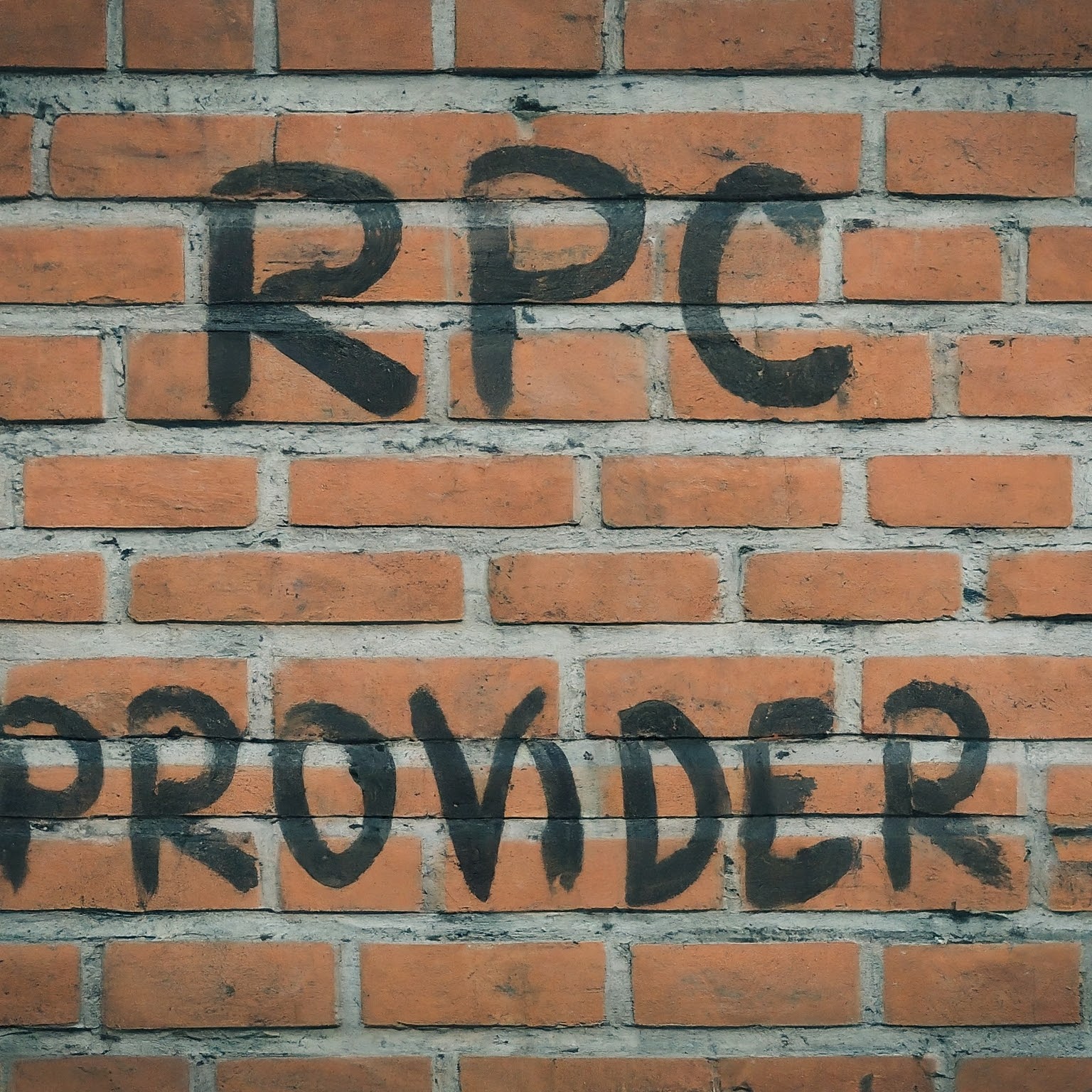
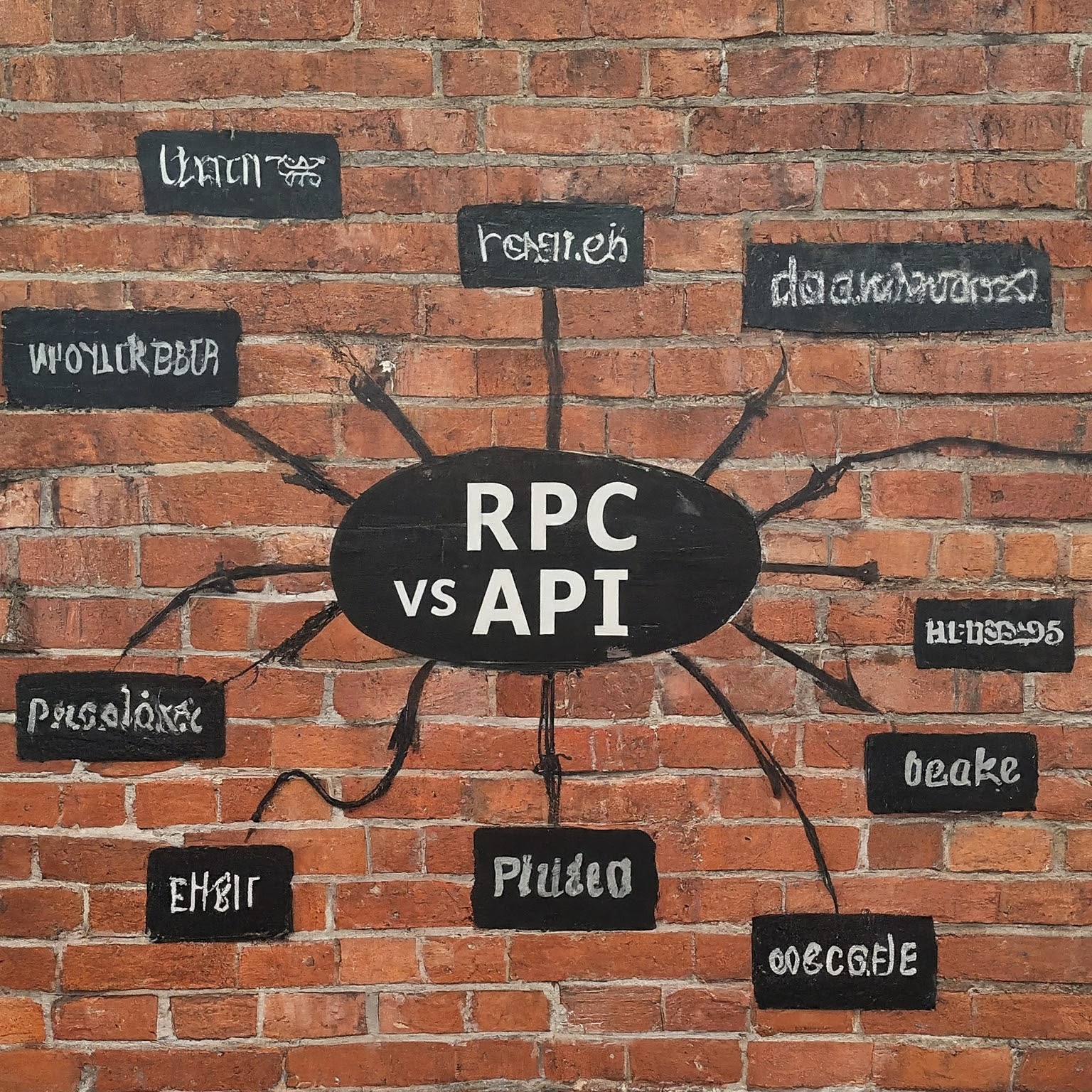
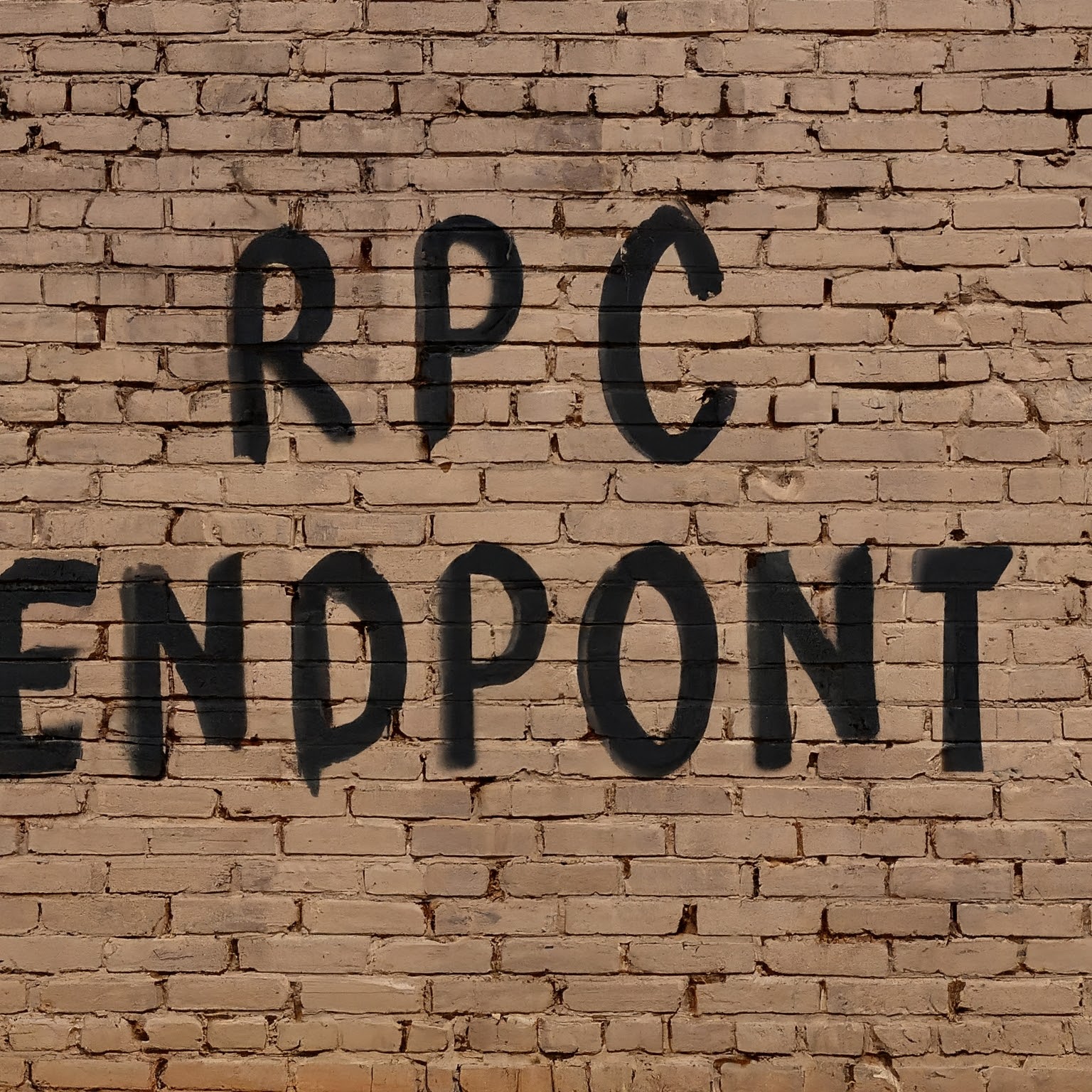


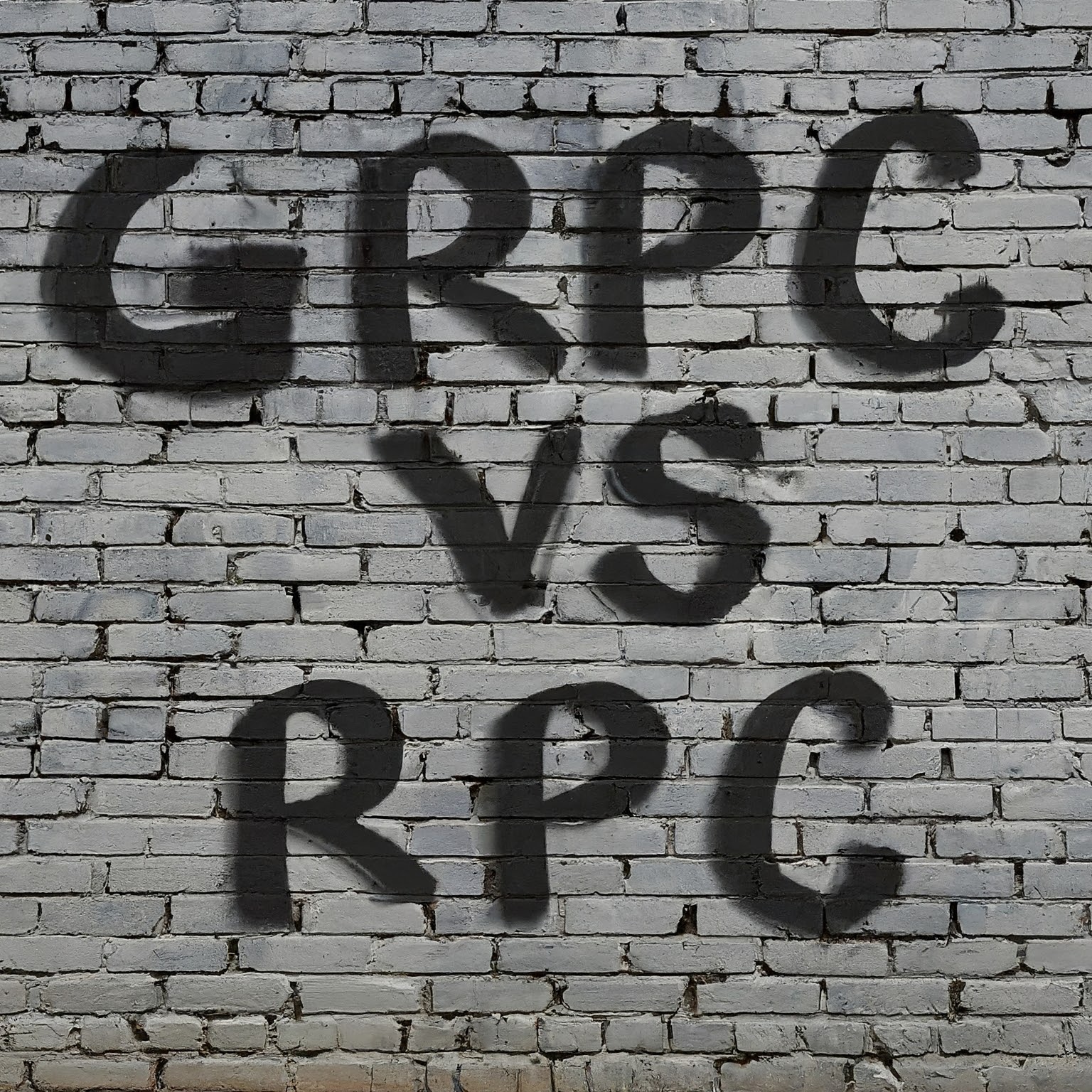
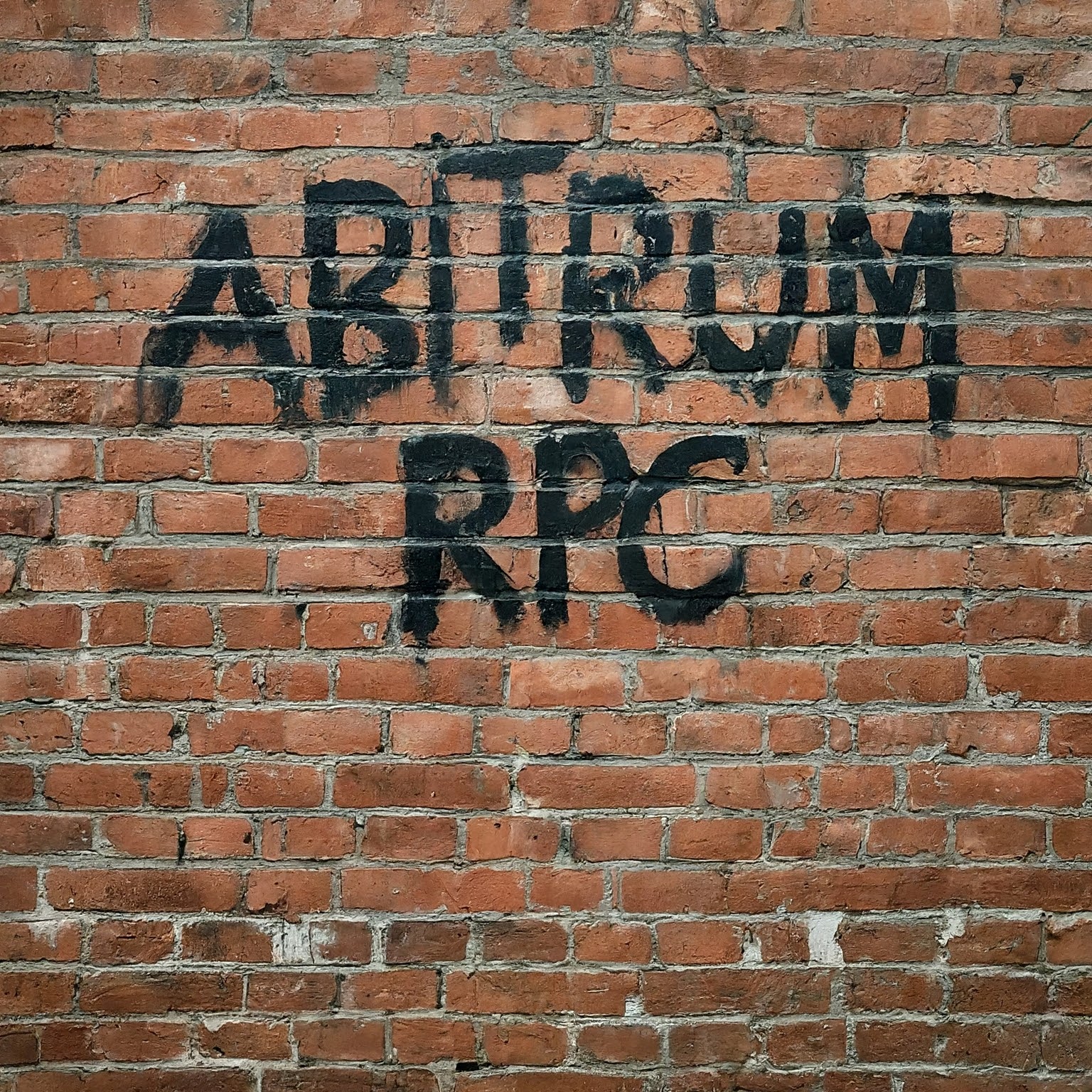

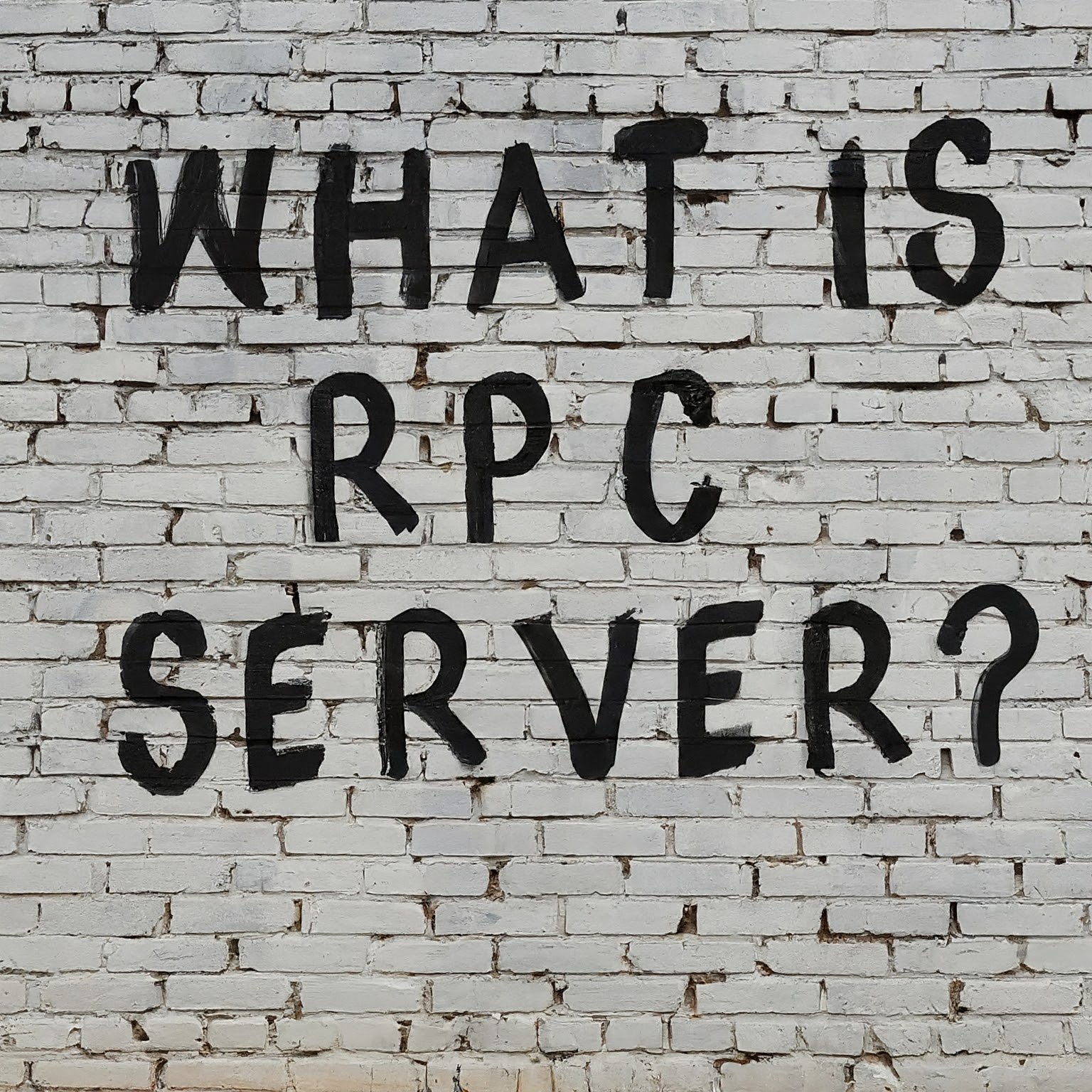

Leave a Reply
You must be logged in to post a comment.